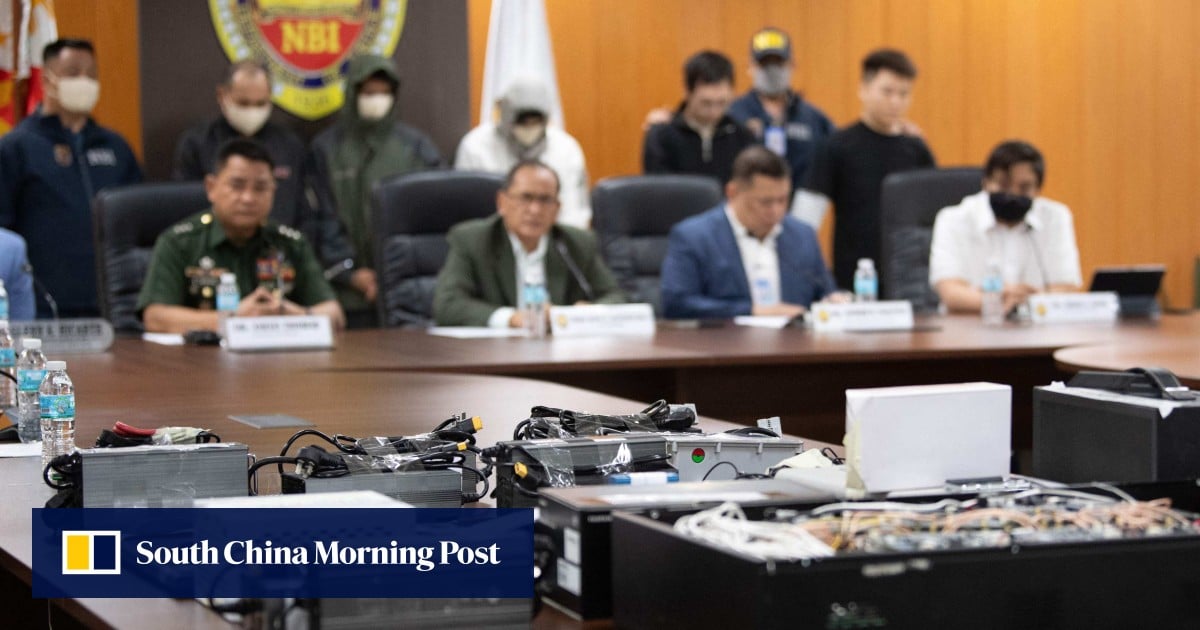
China Travel Advisory Ignites Sinophobia Debate Among Philippine Officials
The recent issuance of a travel advisory by China regarding the Philippines has sparked a heated debate on Sinophobia among Philippine officials. The advisory, which warns Chinese citizens against visiting the Southeast Asian nation due to alleged risks, has put a spotlight on the complexities of Sino-Philippine relations and the underlying sentiments that threaten to unravel diplomatic ties.
Understanding the Travel Advisory
In the advisory, China cited fears of potential harassment and security issues for Chinese nationals traveling to the Philippines. This advisory follows a series of incidents and diplomatic disagreements that have fueled tensions between the two countries. The apprehension was exacerbated by ongoing maritime disputes, adding layers to an already intricate relationship.
The timing of the advisory has puzzled many observers, prompting critical questions about its motivations and the broader implications for both countries. Why has China chosen this particular moment to issue such a warning? Understanding the answer requires delving into the nuances of recent geopolitical developments.
The Emergence of Sinophobia in the Philippines
Sinophobia, or the fear and distrust of Chinese influence, has slowly emerged among segments of the Philippine political landscape. This sentiment is not entirely new but has gained traction in the wake of China's growing regional assertiveness, especially regarding territorial disputes in the South China Sea.
Philippine officials express mixed reactions to the advisory. Some see it as a necessary move by China to protect its citizens, while others perceive it as a tactical maneuver to apply diplomatic pressure. Could this advisory serve as a tool for China to exert influence over Philippine policymaking? These questions linger in the halls of the Philippine government, fueling an intense debate.
Investigating the Impact on Sino-Philippine Relations
The issuance of the advisory adds another layer to the already delicate Sino-Philippine relations. Historically, both countries have found themselves in a complex dance of cooperation and competition. Trade ties remain strong, yet political and maritime disagreements have often put them at odds.
Attempts to maintain a balance have led to a cautious diplomatic relationship. How will this advisory affect future interactions? Philippine officials now have to consider public perception and the potential rise of Sinophobia as they navigate this fragile relationship.
Philippine Officials Divided Over Advisory
Philippine officials are divided over the travel advisory's implications. Some see it as a necessary wake-up call to address safety concerns and scrutinize domestic policies that might inadvertently contribute to anti-Chinese sentiment.
On the other end of the spectrum, critics argue that the advisory only highlights existing tensions and reflects an exaggerated portrayal of the risks Chinese nationals face. This division underscores a larger issue: the need for a unified front when handling international relations.
Public Reaction and Media Coverage
The advisory has generated extensive media coverage, often focusing on two distinct narratives. The first suggests a legitimate concern for the safety of Chinese citizens, emphasizing the need to address security threats comprehensively.
The second narrative leans towards skepticism, considering the advisory an overstatement designed to exert political pressure. The media's role in shaping public perception cannot be dismissed, as reports and opinion pieces continue to influence how the advisory is interpreted.
Consequences for Tourism and Trade
A travel advisory of this nature inevitably impacts tourism, a significant contributor to the Philippine economy. Chinese tourists make up a substantial portion of visitors, and any decline in their numbers could have repercussions for local businesses and tourism-related industries.
Beyond tourism, the advisory might also affect trade relations. If tensions escalate, both countries may find themselves reevaluating economic partnerships, potentially shifting alliances as they seek stability and growth.
Addressing Sinophobia: A Call for Reflection
It is crucial for Philippine officials to address the root causes of Sinophobia, ensuring that public discourse remains balanced and informed. Engaging in constructive dialogue with China, while respecting national interests, can pave the way for improved relations.
Fostering mutual understanding is essential. Educational initiatives and public awareness campaigns can help dispel myths and promote cultural exchange, reducing the fear and distrust that underlie Sinophobia.
Moving Forward: Opportunities for Diplomacy
Despite the current tensions, opportunities for diplomacy exist. Can both nations seize these moments to build a stronger bilateral relationship? Constructive engagement, based on mutual respect and shared goals, remains key to navigating these challenging waters.
Philippine officials must leverage diplomatic channels to address concerns, ensuring open communication and collaboration. A strategic approach can transform this advisory from a point of contention into a catalyst for renewed dialogue and cooperation.
Conclusion: Bridging the Gap
The China travel advisory has indeed ignited a complex debate on Sinophobia among Philippine officials. As both nations grapple with understanding and addressing this sentiment, it is imperative to focus on diplomacy and cooperation.
By acknowledging differences and working towards mutual goals, the Philippines and China can redefine their relationship, fostering an environment where trust and collaboration outweigh misunderstanding and fear. The path forward lies in bridging the gaps, cultivating a relationship that benefits both nations and the broader region.


